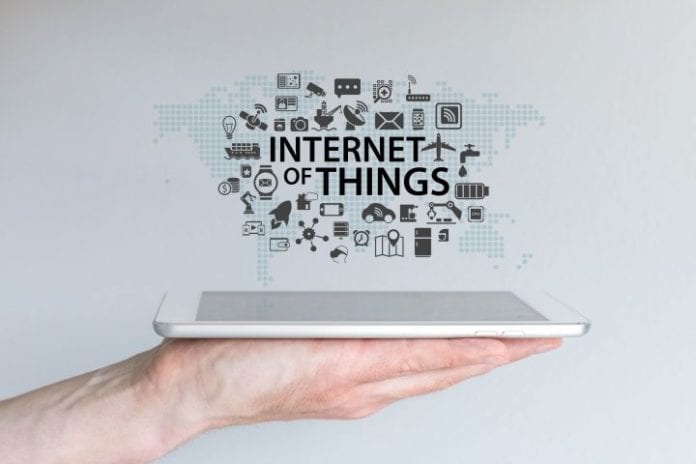Industry leaders predict a shift in how carriers approach the internet of things.
The booming “internet of things” will continue to be a major focal point for the entire telecommunications industry in 2017. The body of evidence proving how IoT can bring efficiency and cost savings to virtually any enterprise and industrial vertical continues to grow, which means there’s a tremendous opportunity for new revenue related to the devices, connectivity and management that comprises the increasingly connected physical world.
As this mega-trend continues to take shape, AT&T SVP Chris Penrose thinks IoT “will continue to blur between business-to-business and business-to-consumer solutions so that technologies advance both enterprise and consumer interests. Enterprises and innovators will join forces to manage and even evolve customer expectations, allowing them to do more than they ever thought possible.”
Noting IoT specifications contained in LTE Release 12 and Release 13, DragonWave VP of Product Management Greg Friesen said, “I believe 2017 will see operators starting to offer plans that are more attractive for commercial machine usage. It will also see the introduction of more connected devices. The applications we will see are endless, including smart dog collars, vehicle tracking, temperature and environment sensors, and this is only the beginning.”
Many IoT players have brought to market vehicle tracking and fleet management solutions, a trend fleet tracking telematics vendor NexTraq sees continuing to grow in 2017 as fleet operators look to cut costs.
NexTraq VP of Product and Marketing Wyn Partington called out, among other trends, the important role of using data analysis to make predictive, rather than reactive, decisions. “Along with regular, scheduled maintenance and services, fleet maintenance solutions will evolve to provide automatic, predictive scheduling based on the individual vehicle vs. the calendar, and will also provide ad-hoc service management between the fleet owner and the maintenance facility. The cost management associated with resource depreciation linked to driving habits and routes will provide key insights on fleet maintenance programs.”
Taken as a whole, the developments in the “internet of things” will continue to draw investment from service providers, although there could be a “sea change in the way service providers approach the IoT market,” according to Excelacom CTO Dinesh Dhanasekharan.
“To date many service providers have let the market drive their IoT direction. Over the next year, we’ll see a shift by many providers to become stronger leaders in shaping the future of the IoT.” Through infrastructure optimization, “operators will be able to launch new services more quickly, cut operational and maintenance costs and more importantly develop an ongoing process that will sustain optimal infrastructure configurations for the future. Providers will also look to newer technologies such as software-defined networks to gain maximum efficiency.”
To get a deep understanding of how the “internet of things” is changing the enterprise and service provider spaces, check out the Enterprise IoT Summit, March 28-29 in Austin, Texas. Event content tracks will focus on smart transportation and smart cities, as well as how the IoT can support digital transformation in vertical industries including oil and gas, agriculture, health care, manufacturing and commercial real estate.

